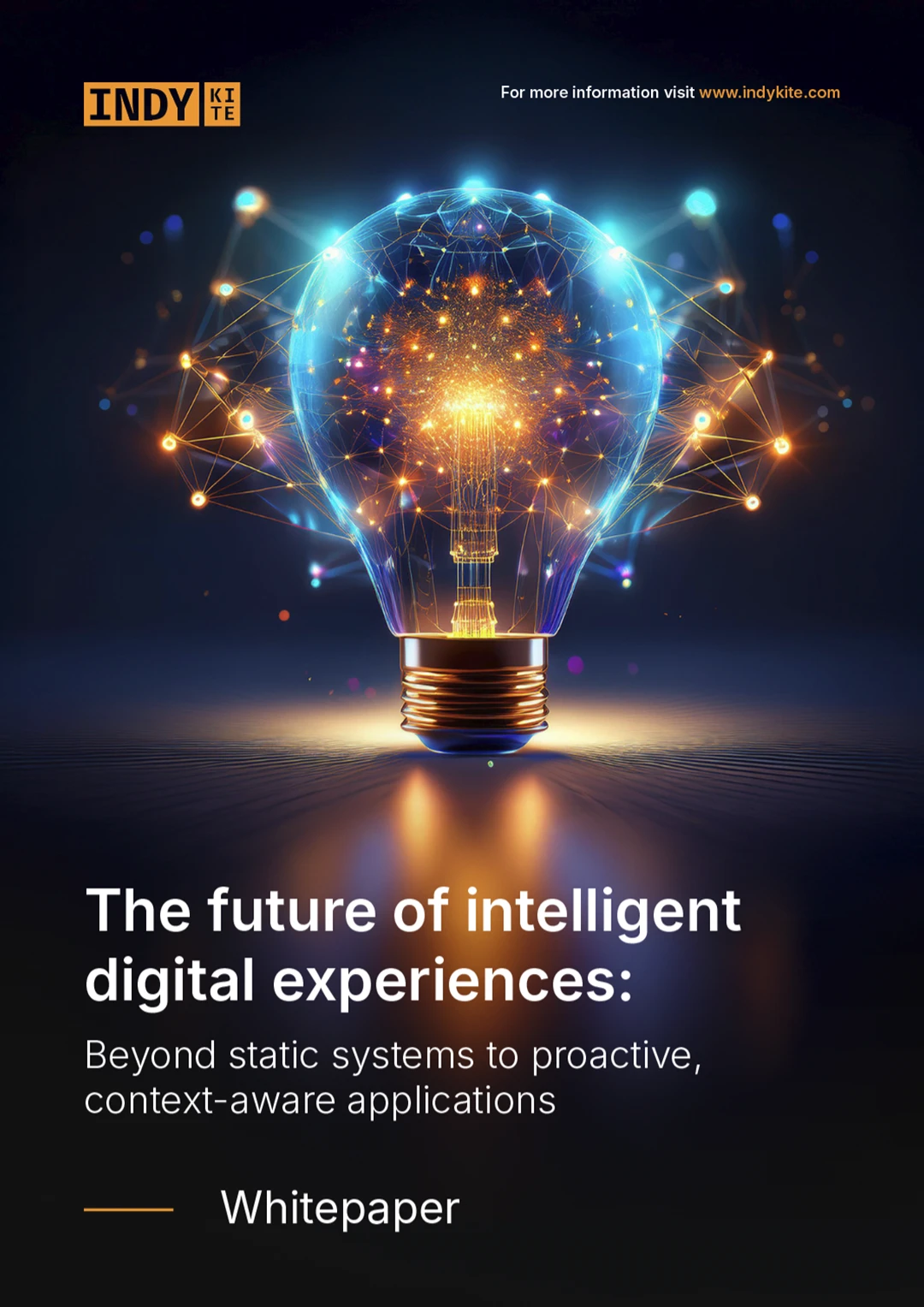Digital interactions shape our daily lives. From the moment we wake up to the moment we go to bed. From the emails we send, to the purchases we make online, each interaction generates data. While every digital encounter presents a chance for individuals to connect, exchange ideas and work together, these data points often exist in isolated silos, making it difficult to form a comprehensive picture of an individual’s preferences, behaviors and needs.
Each digital encounter also raises concerns about privacy, security and trust. Our interactions with other humans and things, the access privileges (or lack of) of those things - creates an enormous amount of complexity. Given these challenges and the rapid expansion of AI, traditional identity and access management can prove insufficient.
For years, firewalls defined the clear perimeter of network protection for customers. As remote work became more common and personal devices were used for work, the buzz shifted to “identity as the new perimeter” or ‘identity-first security’.
However, this approach is becoming obsolete. Identity data is often fragmented and siloed across multiple systems, making it difficult to establish trust and visibility - without a unified approach. By aggregating information across different systems, applications and devices, organizations can create a holistic view of each user, enabling more accurate identity verification and behavior analysis. This approach is embodied in the concept of identity fabric, also known as converged identity, which integrates different IAM solutions into a cohesive whole.
A unified identity fabric is just the beginning
Unifying identity is a great start - but this just enhances trust for your human users. What about your digital products, IoT devices or even the origin and accuracy of your data? The digital landscape is vast, and trust must encompass every aspect of your organization.
Trust can’t be confined to silos. A holistic perspective is essential for maintaining robust security and seamless operations. Building a secure data strategy is critical for achieving comprehensive trust, extending beyond users to data, applications and AI systems.
Essentially, trust becomes a critical enabler and growth accelerator. Confidence in security and data integrity fosters innovation, operation efficiency, and better customer experiences, providing a competitive edge.
Capture, connect and control your data
Trust starts at data capture. Ensuring data accuracy and secure handling from the very beginning lays the groundwork for trust to span across an organization. By implementing a unified data model you can drive better visibility throughout your organization.
Further, a unified data fabric facilitates the connection of data across various systems and platforms. By enriching your data with extra layers of business and identity data you can enhance your context for even deeper insights, discover meaningful relationships, and new opportunities.
Controlling data involves stringent access management and governance. Ensuring the delivery of the right data to the right hands. Robust control mechanisms in place can prevent unauthorized access and data breaches. Data breaches kill trust, leading to data being walled off, further paralyzing organizations. The aftermath of such a breach often leads to inactivity, stifling innovation and growth. Inactivity kills businesses.
Unifying identity is just the starting point. Trust must be established at every level, from data capture, to connectivity and control.
When data is visible and trustworthy, organizations can act swiftly and confidently. Transparent and reliable data is what enables proactive decision-making, driving business action. Trust in data accelerates innovation, enhances customer experience and ultimately drives business success.


















